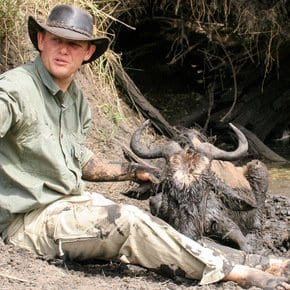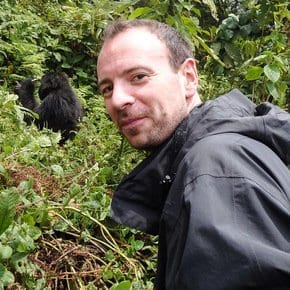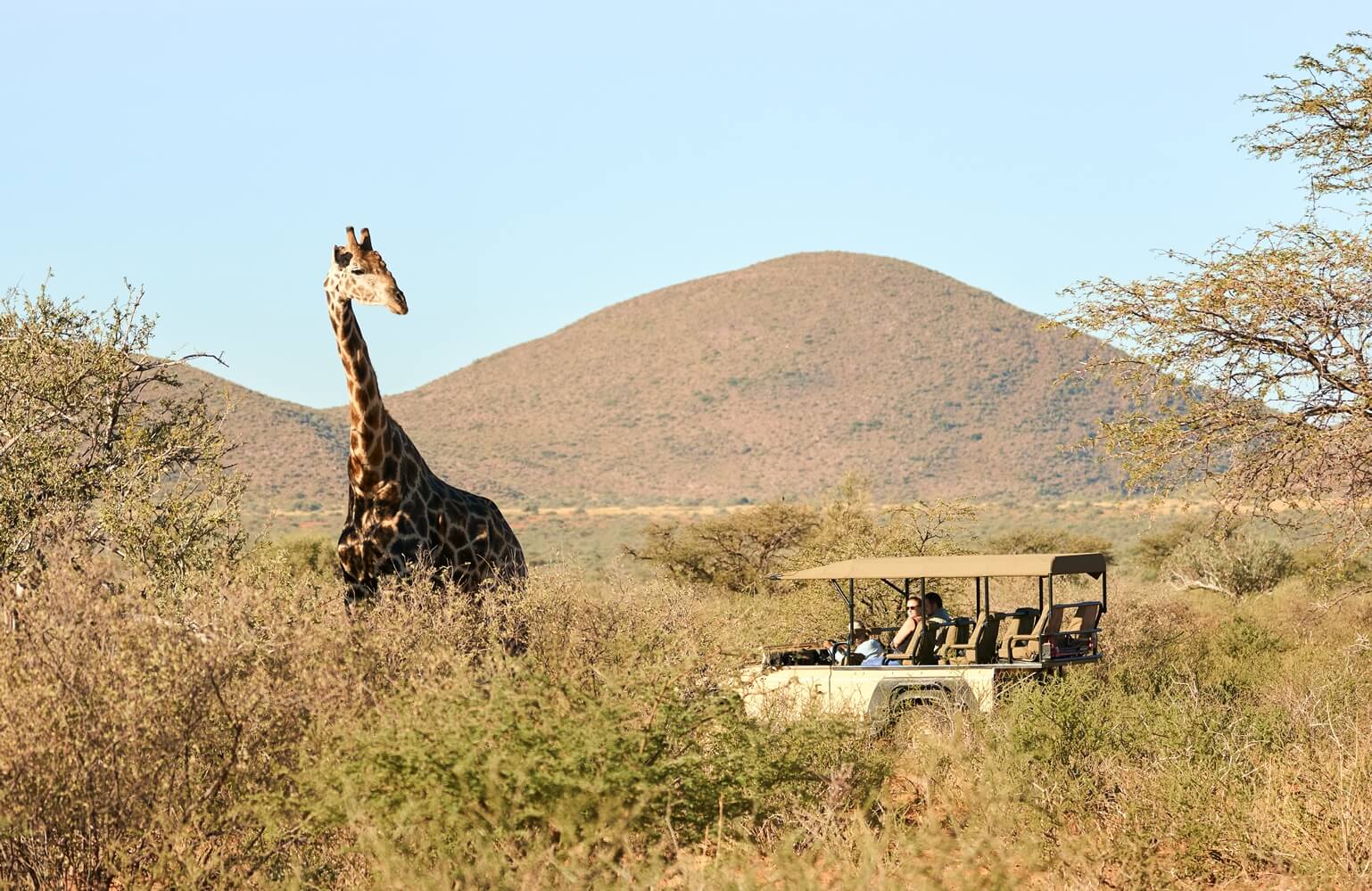
What activities can be enjoyed at Tswalu Kalahari?
April 15, 2020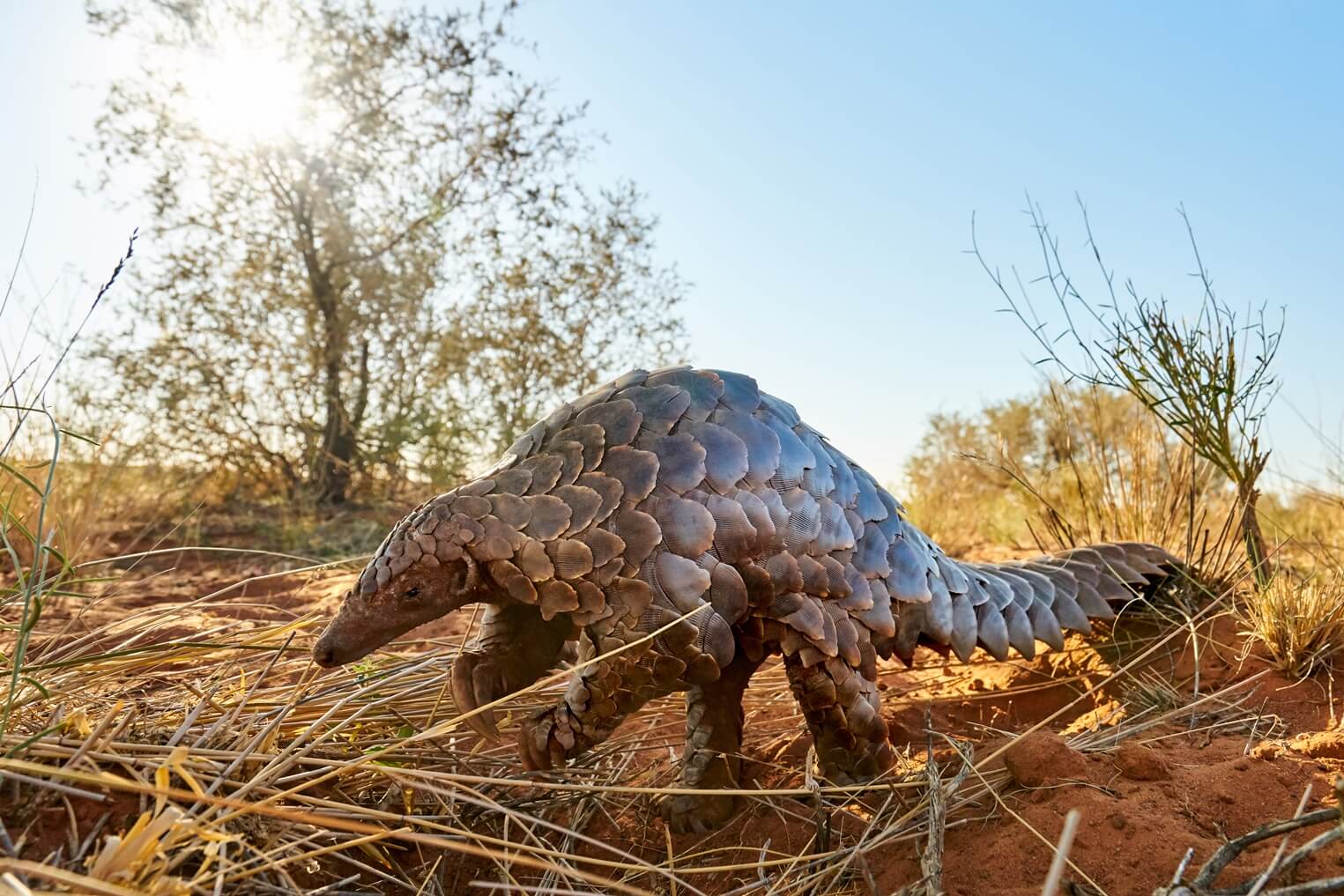
Conservation & the Tswalu Foundation
April 17, 2020
What activities can be enjoyed at Tswalu Kalahari?
April 15, 2020
Conservation & the Tswalu Foundation
April 17, 2020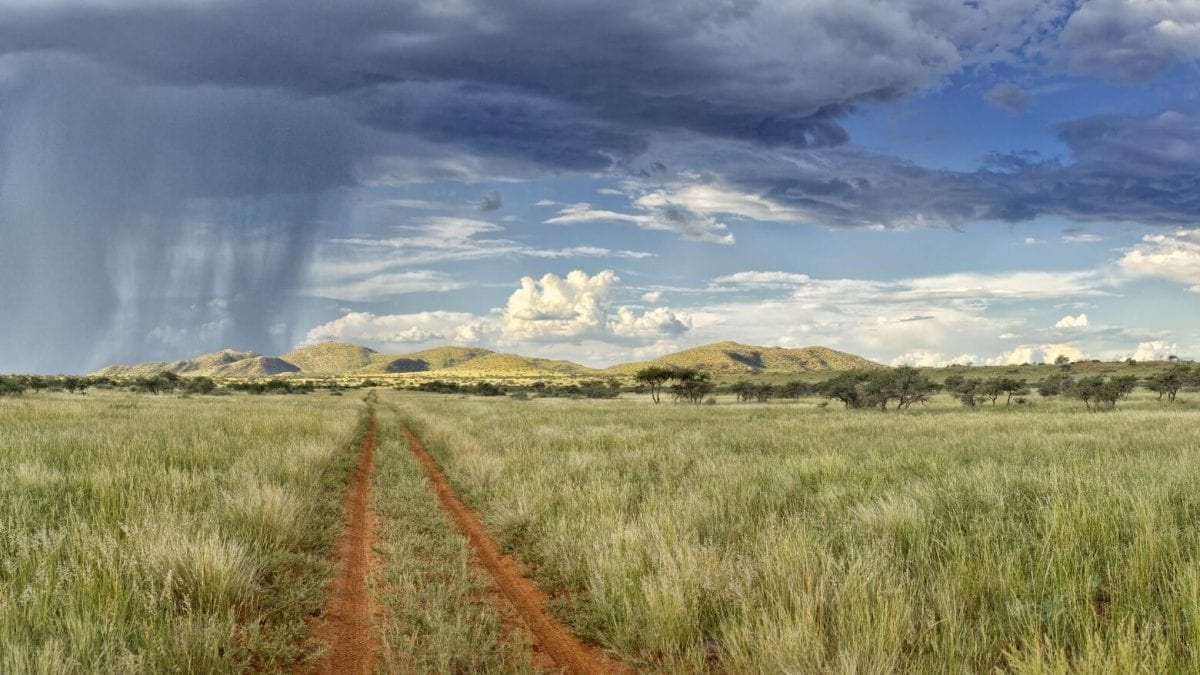
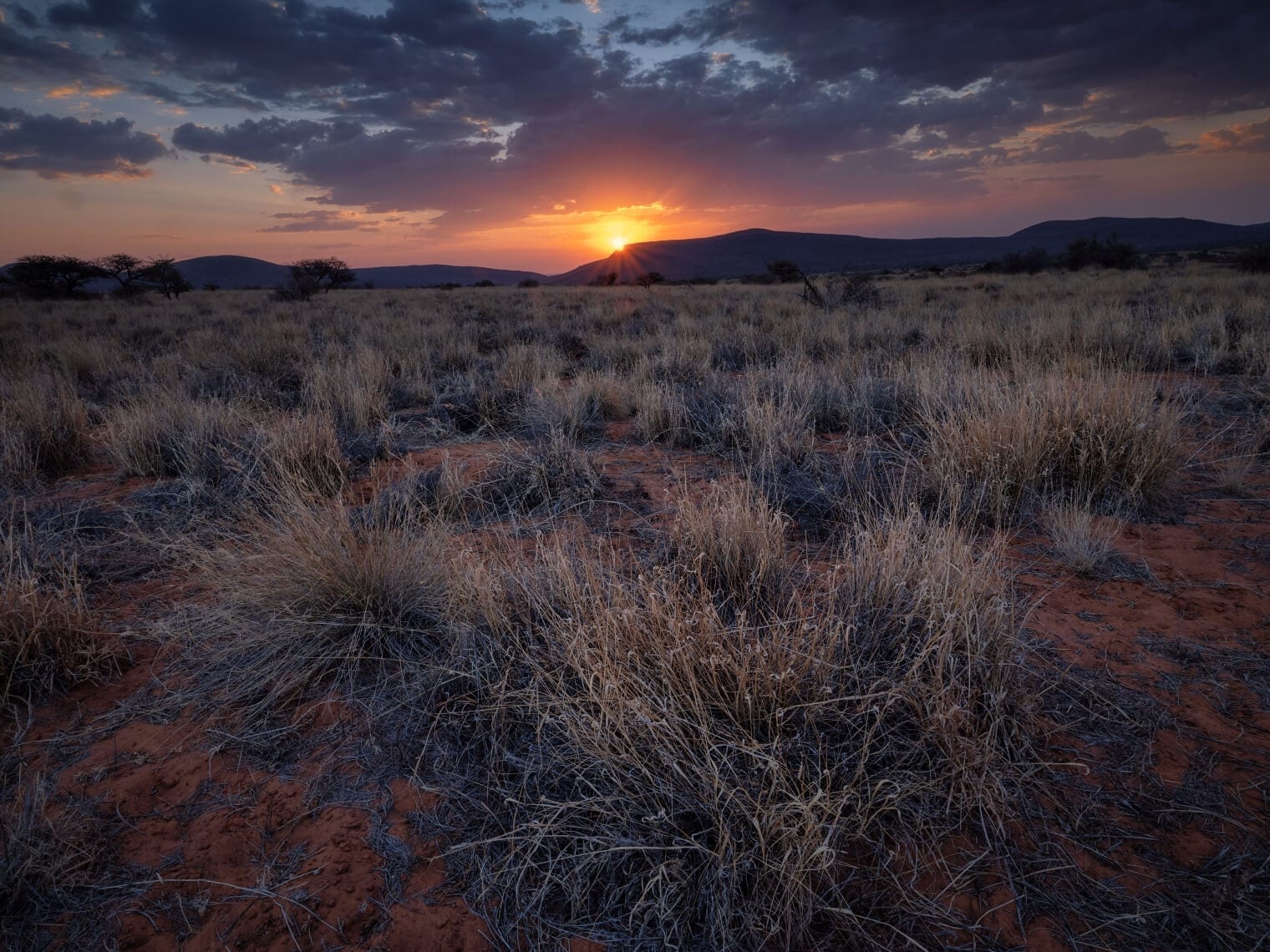
The super news is that there is no ‘best time’ to visit Tswalu Kalahari. In fact, we’d absolutely love for you to visit them once for every season so you can experience it at each time, all bringing something new.
Springtime at Tswalu Kalahari
In springtime (September and October), the mercury begins to climb although evenings can still be a little nippy so we do highly recommend bringing layers to help you adjust to the daytime versus night. Thorn bushes are softened by gorgeous blossoms, and you’ll be able to listen out for the almost eerie barking of the Kalahari ghekos who are starting to get a little frisky. Meerkat pups start to venture outside their dens for the first time, and what a beautiful sight that is.
Summer months at Tswalu
The summer is Tswalu’s longest and most important season. Between November and March, hotter days are punctuated by delightfully mild evenings and spectacular afternoon thunderstorms. This is the time when we would say you simply cannot capture a bad picture, as the combination of beautiful sunshine, dark looming clouds and bright colours from the flourishing plants will create an incredible shot! Even better? Many species coordinate their reproductive cycles with the reappearance of the rains. New life is evident everywhere, from wobbly young antelope to irrepressibly curious jackal pups. And for those who love our feathered friends, flocks of migrating birds descend on Tswalu to enjoy summer’s bounty!
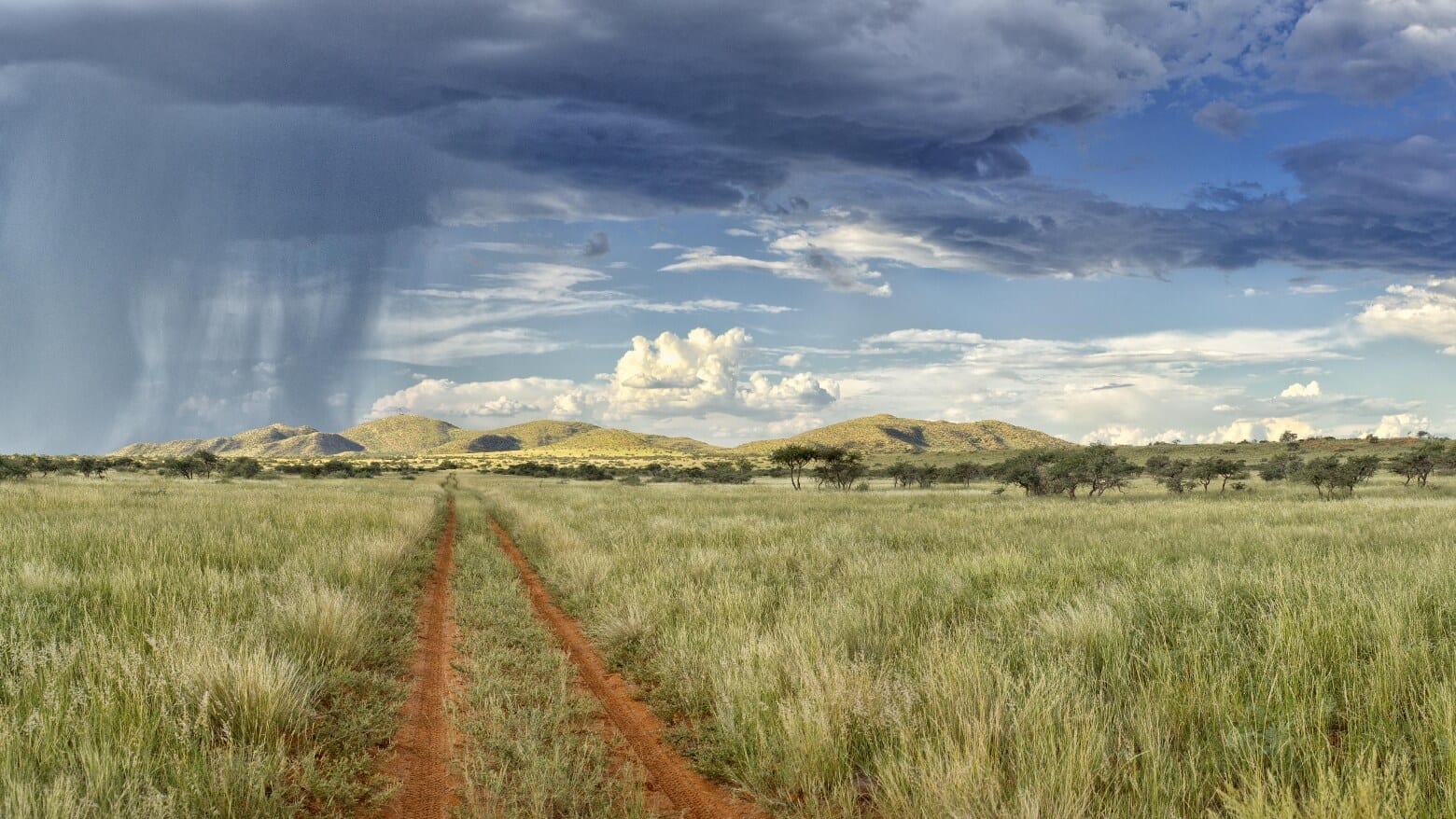
Mild Autumn months
The autumn months of April and May are marked by milder days and cooler evenings, as the last of the summer rains peter out. The savannah remains at its greenest, and with it brings a beautiful spread of game across the landscape while they get their fill ahead of winter coming in. The sounds of clashing horns carry across the landscape as the impala rut reaches its peak, while tortoises and other reptiles prepare to hibernate through the winter.
The drier Winter months
Between June and August, temperatures can dip below freezing overnight (although the days remain pleasantly warm). The contrast between the red earth and white early morning frost is simply stunning and although winter is the driest season at Tswalu, it creates some incredible sights with dust devils dancing across the sand dunes and exceptional stargazing on cloudless nights. Nocturnal species change their daily routines, tempted above ground by afternoon sunshine. This makes winter a wonderful time to look for aardvark, aardwolf and pangolin.
As you can see every season brings with it unique and memorable experiences, a little something for everyone.



























